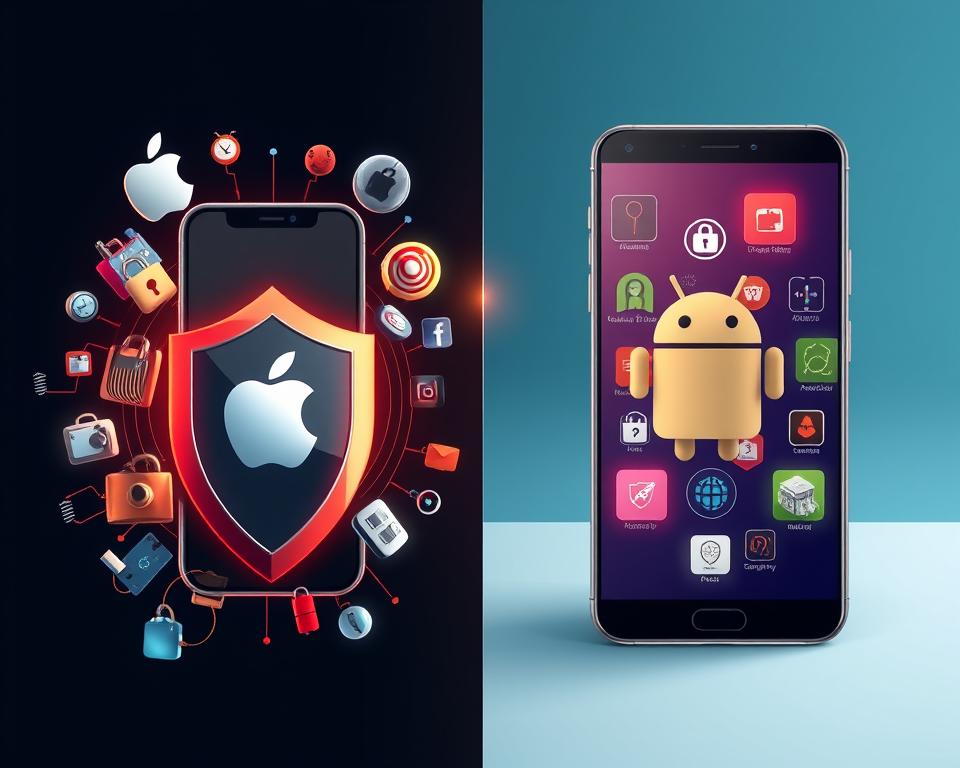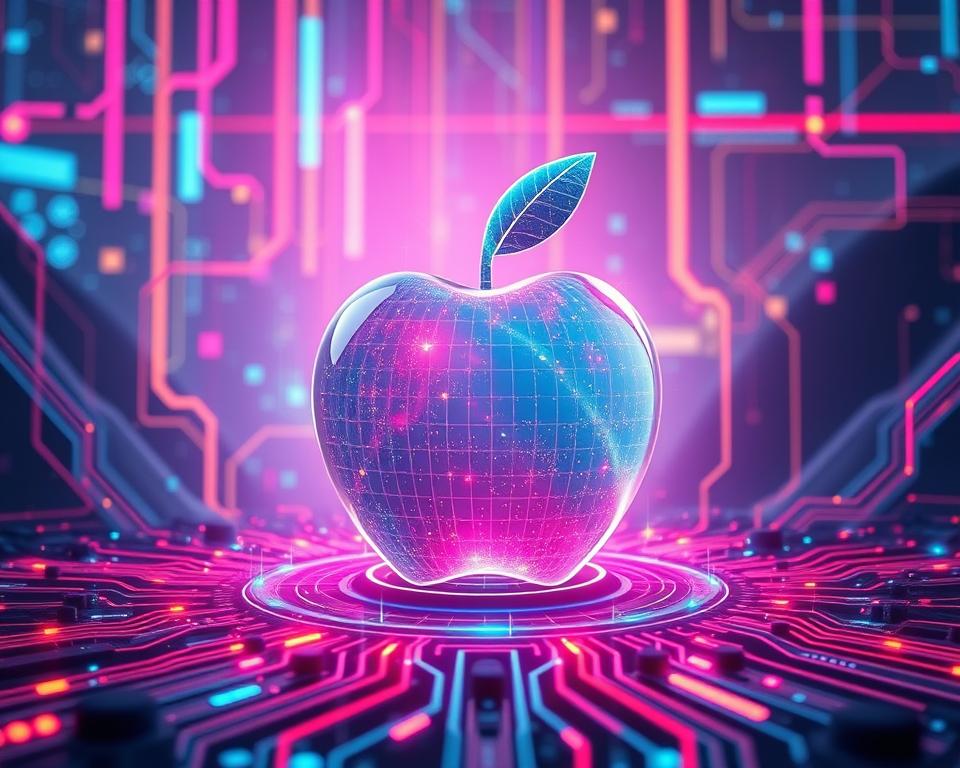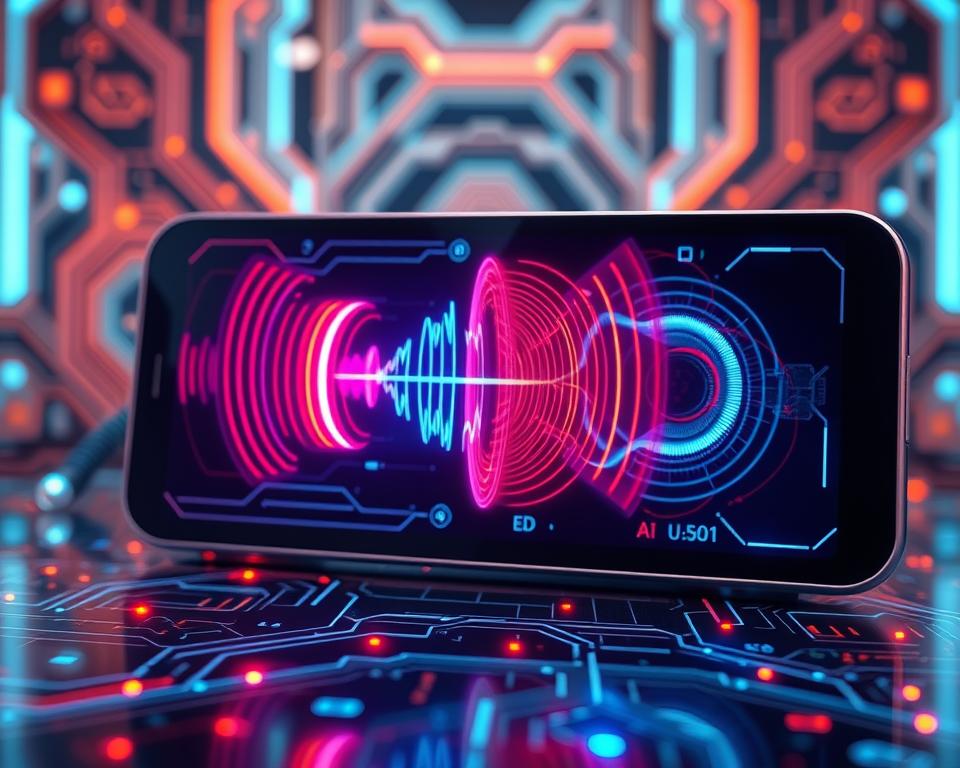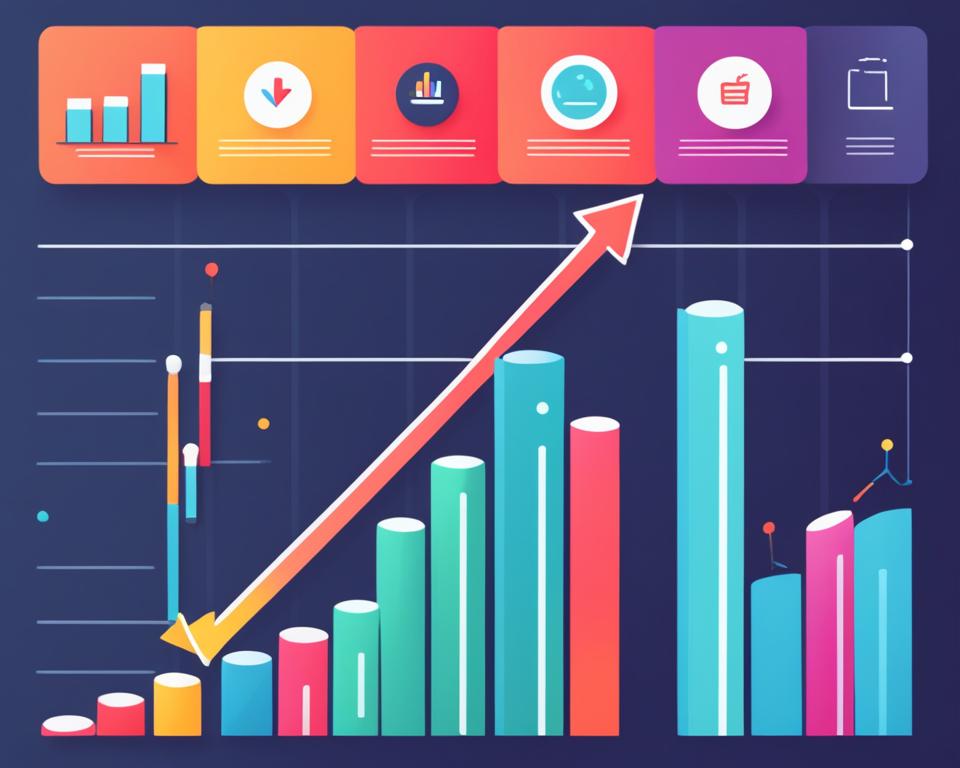In today’s world, your smartphone is a treasure trove of personal data. It holds your bank info, messages, and more. So, the big question is: are you really safe with your phone? Many wonder if Apple’s security is better than Android’s, or if we’re just guessing.
As both systems grow, knowing their strengths and weaknesses is key. This article will dive into the differences between Apple and Android. We’ll look at their app stores and how manufacturers handle security. This will help you choose the safest option for your needs.
Key Takeaways
- Both Apple and Android offer distinct features impacting mobile security.
- Manufacturer variability significantly influences Android security.
- Apple’s closed ecosystem enhances security but can limit flexibility.
- Regular updates play a crucial role in malware protection.
- Understanding app store security is vital for user safety.
- Device-specific security implementations can vary widely within each platform.
Introduction to Mobile Security
Smartphones have become essential in our lives, making mobile security very important. Cybercriminals see them as easy targets. They use mobile threats like malware, phishing, and unauthorized access.
It’s key to know about operating system vulnerabilities. Each platform has its own weaknesses. Knowing these helps protect your device.
Keeping your device safe is your job. Good digital hygiene means updating regularly and being careful with links and apps. Being aware of threats helps you stay safe.
Studies show more mobile threats are coming. This highlights the need for strong security on all devices. It’s important to balance tech advancements with user responsibility in keeping devices safe.
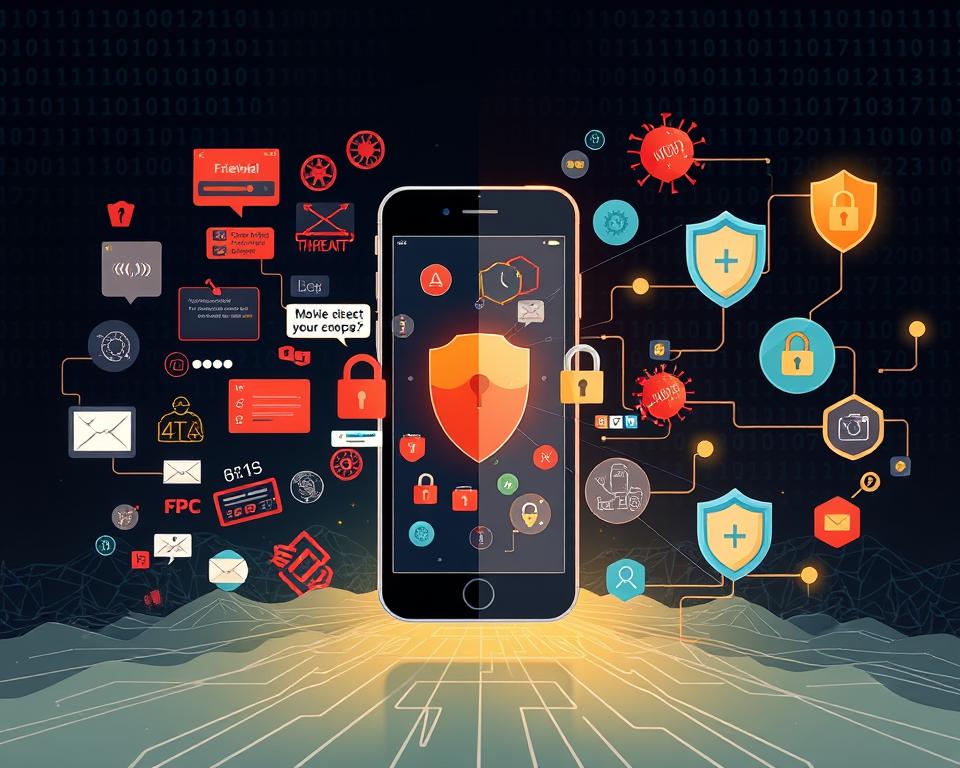
| Type of Threat | Description | Common Devices Affected |
|---|---|---|
| Malware | Software designed to harm or exploit devices. | Android, iOS |
| Phishing | Attempt to steal sensitive information through deceptive communications. | Android, iOS |
| Hacking | Unauthorized access to data or devices by exploiting vulnerabilities. | Android |
Android Device Security
The world of Android device security is complex. Many manufacturers have different ways of handling security. This makes it hard to pick a device that’s safe.
Manufacturer Variability
There are many Android devices out there, each with its own security level. Brands like Samsung are known for their strong security. But others might not be as careful with safety.
This difference in how manufacturers handle security can really affect how safe your device is.
Security Features of Leading Brands
Top Android brands have come up with new ways to keep devices safe. Samsung Knox, for example, adds extra layers of protection. Google Pixel security is also strong, thanks to its use of special security chips.

Here’s a quick look at what some big brands offer for security:
| Brand | Security Features | Notable Technologies |
|---|---|---|
| Samsung | Knox Security, Secure Folder | Samsung Knox |
| Regular updates, Titan M2 | Google Pixel security, Android’s security chips | |
| OnePlus | Face Unlock, App Lock | Manufacturer-specific features |
| Xiaomi | Privacy protection, Fingerprint Scanner | MIUI security suite |
Choosing a well-known brand can help keep your device safe. Learn about the security features each brand offers. Pick a device that fits your safety needs.
Apple Device Security
Apple focuses on security with its closed system. This system is key to protecting its devices. It controls hardware, software, and apps tightly. This reduces risks from third-party apps.
This approach boosts device integration. It also gives Apple big security benefits. These benefits help protect users better.
Closed Ecosystem Benefits
The closed ecosystem lowers the risk of malicious access. It limits outside interactions, reducing harmful software chances. The App Store’s strict app vetting ensures users get safe apps.
This shows Apple’s dedication to security. It highlights the company’s commitment to keeping iOS secure.
Secure Enclave Technology
The Secure Enclave is a core part of Apple’s security. It protects sensitive info like Touch ID and Face ID biometrics. It works separately from the main processor.
This means even if the main system is breached, important data stays safe. The Secure Enclave uses top-notch encryption. It greatly reduces vulnerabilities and protects biometric data.
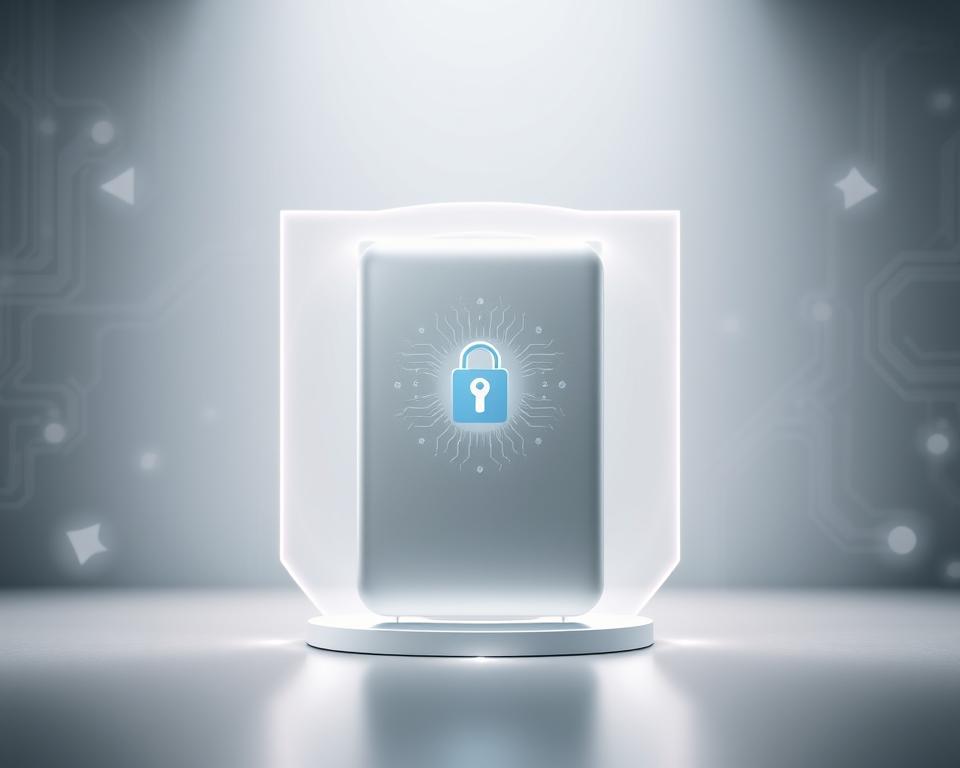
Comparing Operating System Security
Understanding code security is key when looking at mobile operating systems. iOS and Android have different strengths and weaknesses. Apple’s closed system makes it hard for hackers to get in. Android’s open system lets users customize but also risks more.
iOS vs. Android Code Security
iOS keeps its code tight, making it hard for hackers to get in. Android’s many versions make it harder to keep all devices safe. This difference affects how secure mobile devices are.
Update Frequency and Management
How often updates come out affects device safety. Apple updates iOS quickly, keeping users safe. Android updates vary, leaving some devices open to attacks for a long time. Apple’s fast updates are a big plus for security.
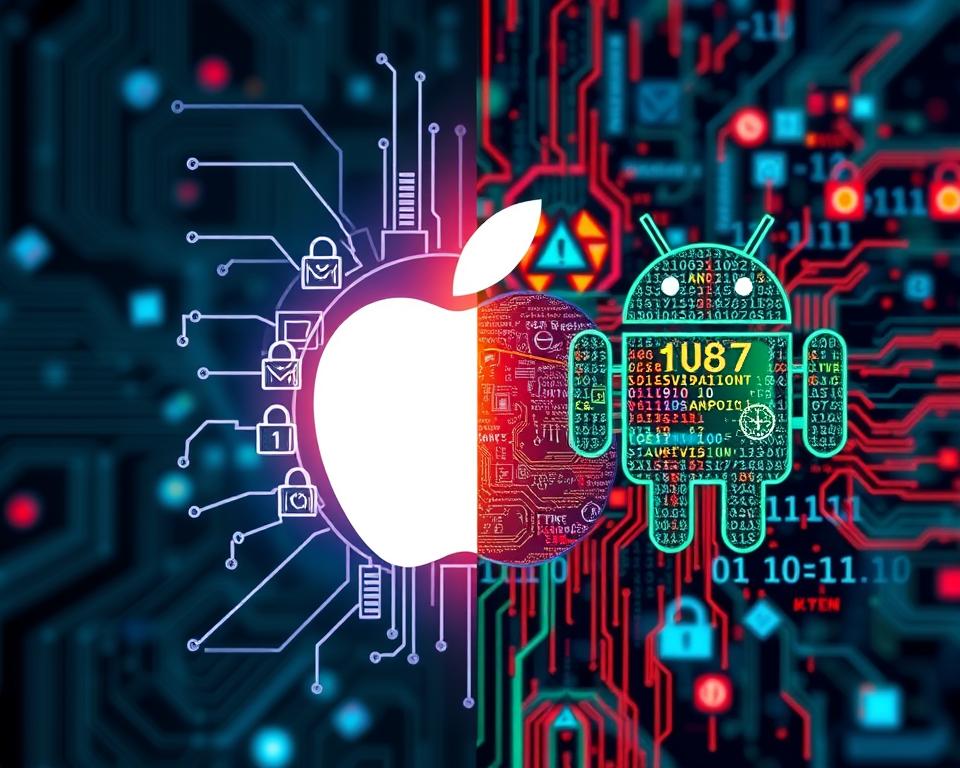
| Feature | iOS | Android |
|---|---|---|
| Code Accessibility | Closed-source | Open-source |
| Update Frequency | Regular updates | Varies by manufacturer |
| Vulnerability Exposure | Lower exposure | Higher exposure |
| Patch Management | Efficient | Inconsistent |
In summary, iOS and Android show how code security and updates impact mobile safety. Each system has its own way of working, affecting user safety and risks.
App Store Security and Verification
It’s important to know about app store security to keep your device safe. The Google Play Store and Apple App Store have their own ways to check apps. These checks help make sure apps are safe for users.
Google Play Store vs. Apple App Store
The Apple App Store checks apps very carefully. This helps keep bad apps out. The Google Play Store also checks apps, but Android’s openness can let some bad apps in. This means users might face more risks when using apps from other stores.
| App Store | App Verification Process | Malware Risks | App Security Risks |
|---|---|---|---|
| Apple App Store | Extensive review by Apple for every app. | Lower typically due to strict controls. | Minimal, due to a closed ecosystem. |
| Google Play Store | Moderate review, relies on user reports. | Higher, due to openness and multiple upload paths. | Increased when using third-party apps. |
Risks of Third-Party Apps
Getting apps from unknown sources is risky. It can lead to data theft and malware. Both iOS and Android users need to be careful with apps from untrusted sources. Always get apps from trusted places to stay safe.
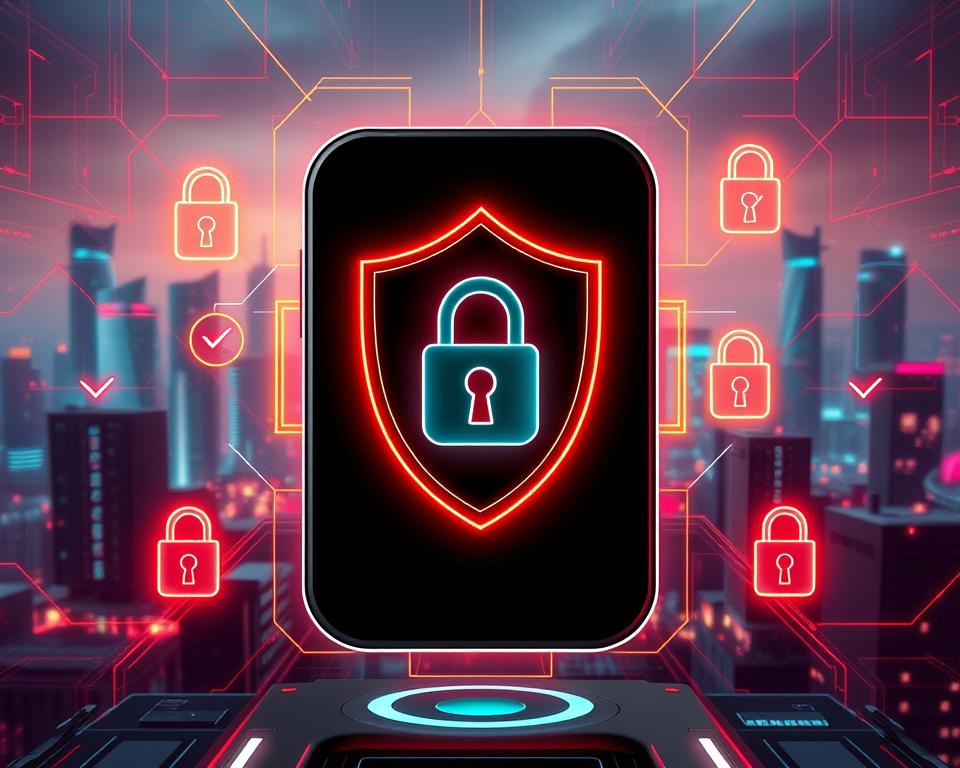
Most Secured Apple or Android: A Comparative Analysis
When we talk about mobile security, it’s key to know the risks of malware on Apple and Android. The risk of malware is different because of market share and design. Android, with more users, might attract more malware developers. But, Apple’s iOS is safer because it’s a closed system, making it harder to attack.
Vulnerability to Malware
Android devices face a bigger risk of Android malware attacks. This is because users can install apps from outside the store, making it easier for hackers. On the other hand, iOS is generally safer but still has iOS vulnerabilities. These can be found through clever attacks or system design flaws.
Device Specific Security Implementations
Looking at device security features shows big implementation differences between Apple and Android. Android’s security ratings vary a lot between brands. High-end devices from Samsung or Google have strong security, like biometric checks. Apple’s strength is its tight ecosystem, with features like Secure Enclave that keep devices safe. Knowing these differences helps you choose the right mobile security for you.
Best Practices for Enhancing Mobile Security
Keeping your mobile device secure is crucial today. Regularly practicing good security habits can greatly lower risks. By keeping your device updated, you protect it from new threats.
Staying Updated with Software
It’s important to keep your mobile device updated. Enable automatic updates to get the latest security fixes quickly. Also, check for software patches often to keep your device safe.
Simple maintenance can help you stay on top of these updates. This boosts your device’s security.
Utilizing VPNs and Security Apps
Using a VPN is a great way to encrypt your data. A good VPN hides your online activities, keeps your info safe, and blocks unauthorized access. Mobile security apps and anti-malware tools also protect against many threats.
When picking apps, look for ones with good reputations and positive feedback. This ensures they work well for you.
Market Trends and Malware Attacks
Looking at the user demographics of iOS and Android gives us clues about their security weaknesses. By checking the market share of these systems, we see how their platform popularity affects malware risks. Cybercriminals change their plans based on the devices most used in certain areas, showing their targeting preferences.
Target Audiences of iOS and Android
iOS users often have more money and value privacy. Android, on the other hand, is popular in many developing countries, which makes it more vulnerable. The malware targeting trends show this, with Android facing more attacks because of its wide user base. Knowing these patterns helps developers and users protect against cyber threats.
Impact of Popularity on Security
Android’s big market share draws cybercriminals who make malware to exploit its weaknesses. This is because Android has many different devices and some manufacturers don’t focus on security. iOS, with fewer users, has fewer threats, but it’s not safe from all attacks. Choosing your device wisely is key to keeping your mobile safe.
| Criteria | iOS | Android |
|---|---|---|
| User Income Level | Higher | Varied |
| Market Share | Less than Android | Majority |
| Cybercriminal Targeting | Less frequent | More frequent |
| Security Vulnerabilities | Limited | Diverse |
| Malware Types | Less diverse | More diverse |
Conclusion
Apple and Android devices have their own security strengths and weaknesses. Apple’s closed system and Secure Enclave offer strong protection against threats. On the other hand, Android’s wide range of devices means security can vary a lot.
Choosing between Apple and Android depends on your personal needs and privacy values. iOS might offer a more consistent security experience. But, Android is catching up with its own security updates.
Both Apple and Android can be secure if you use the right tools and practices. Keeping your device updated and choosing apps wisely are key. Also, using a VPN can add extra protection. Make a choice that fits your lifestyle and security needs.
